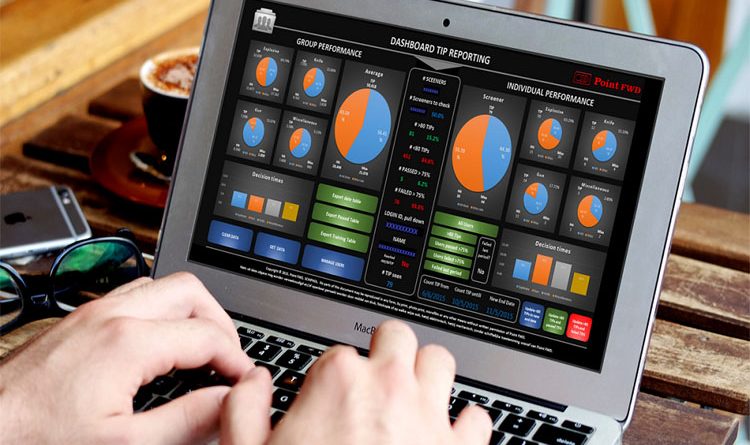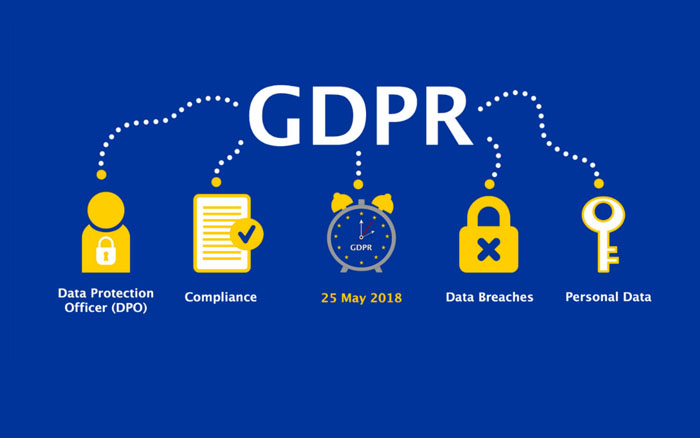
Businesses around the world have recognized the worthy of data. They know that how data can affect them positively or negatively. Now they are looking for ways to identify quality data and separate it from the bad one which negatively impacts several business-processes. But this will not be possible without proactive data monitoring solutions. Let us suggest top five tips for developing the best of the data monitoring strategies.

- Stay aware of your starting point:
When it comes to setting up data quality monitoring, the very first step is to benchmark it with a full volume data analysis. Yet, there isn’t single, all-inclusive list of data quality metrics available; it varies business to business / function to function, instead. This is why organizations depending on data need to have a setup to analyze their data.
- Get the identification of the quality-sort
You must identify that what type of data quality is vital for your business. When you are able to mark the data, which is critical to run your business processes smoothly, you are able to address issues rapidly and timely. The prioritization of data is based on what is most important to your business and what isn’t.
- construct suitable threshold definitions for every metric
The threshold criteria of the monitoring differ from one dashboard to another. These definitions are generally agreed with business stakeholders. There is also the need of setting up related alerts for users based on your accuracy definition. Most common examples of alerts are: if data quality drops below the specific threshold or whether or not it meets and improves an accuracy goal.
- Use proper visualization of data
Data are numbers and statistics but often time misinterpreted to be managed in a non-visual manner. Although data is still useful in this way, it’s hard to easily get something out of such data. In Guest posting sites most of the cases, when managing data, it’s done using dashboard with red, amber, and green thresholds. There are other ways to visualize data, like using charts and bras that make statistical variations as required.
- Review your metrics and make corrections
No one can create metrics that will always be valuable. There would be need of making changes time after time to fine-tune data to go with changes in trends. Also by reviewing your metrics, you will ensure that you have addressed the most relevant data definitions.
This is how you monitor your data and make it fit for future requirements. These tips make the monitoring of data easier than ever before. Still in doubt? Contact an IT firm to find the most suitable data management solutions.
Author Bio. :- James Stewart is a digital marketing expert in Mobilmindz, a prominent mobile app development company which provides Android and iOS app development services across the global. He loves to write on latest mobile trends, mobile technologies, startups and enterprises.





